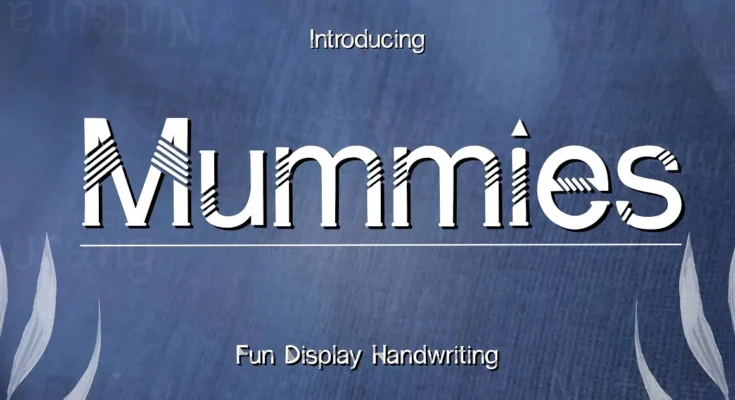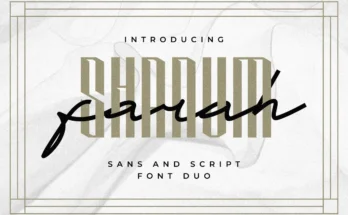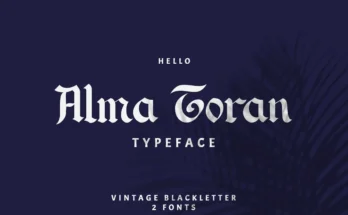Did you know that over 1.5 million ancient Egyptian artifacts are housed in the world’s museums? Among these treasures lies a captivating and eerie world of mummies fonts, inspired by the ancient hieroglyphic scripts and calligraphic traditions of the pharaohs. These unique typefaces capture the mysterious and haunting essence of ancient Egypt, inviting us to delve into the rich tapestry of its history and culture.
In the realm of typography, mummies fonts offer a mesmerizing journey through the enigmatic world of Egyptian hieroglyphics, ancient calligraphy, and pharaonic typography. From the cursive hieratic script to the elegant demotic script, these fonts draw inspiration from the diverse calligraphic traditions that once adorned the walls of temples, tombs, and papyrus scrolls.
By embracing the eerie and spooky aesthetic of mummies fonts, designers and creatives can infuse their work with a captivating sense of history, mystery, and visual intrigue. These typefaces not only pay homage to the rich cultural legacy of ancient Egypt but also offer a unique opportunity to explore the evolution of hieroglyphic lettering and hieroglyphic symbols.
Key Takeaways
- Mummies fonts draw inspiration from the ancient hieroglyphic scripts and calligraphic traditions of ancient Egypt.
- These unique typefaces capture the mysterious and haunting essence of the pharaohs, transporting us back in time.
- Designers can integrate mummies fonts to infuse their work with a captivating sense of history, mystery, and visual intrigue.
- Mummies fonts explore the evolution of hieroglyphic lettering and symbols, offering a glimpse into the rich cultural legacy of ancient Egypt.
- These eerie and spooky typefaces provide a captivating way to engage with the vibrant and enigmatic world of Egyptian typography.
Also Read More>>> Highlight Fonts
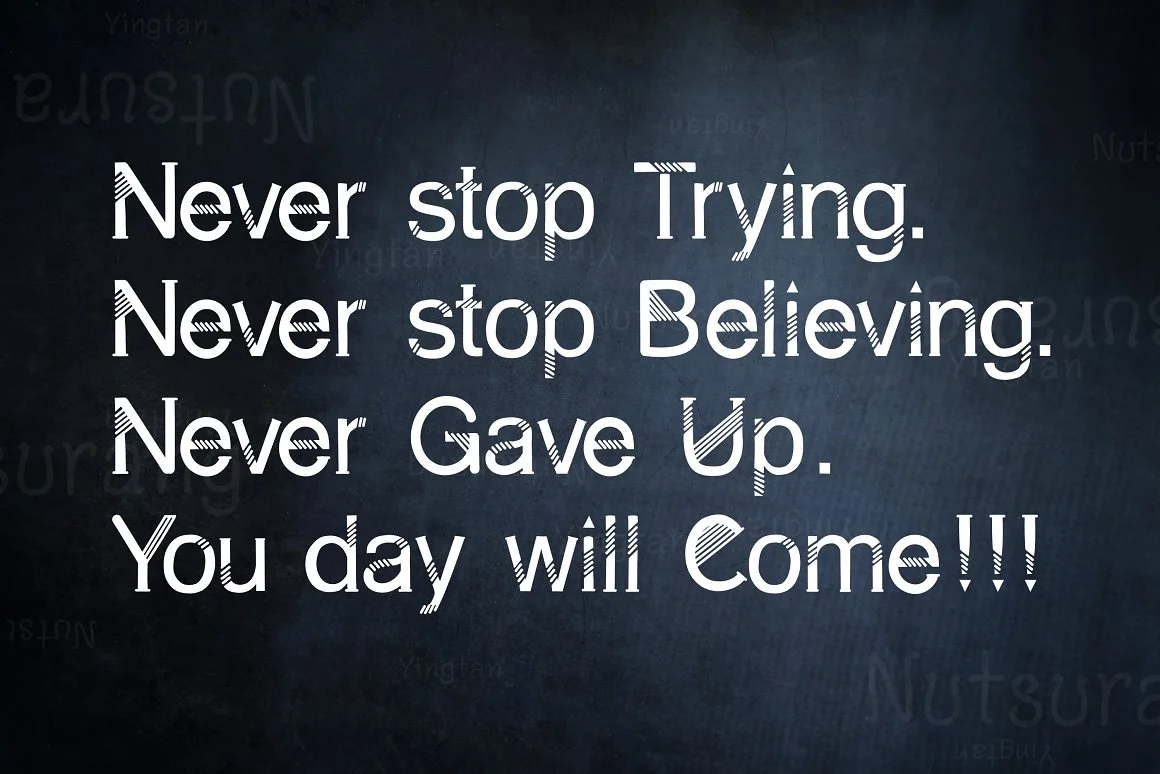
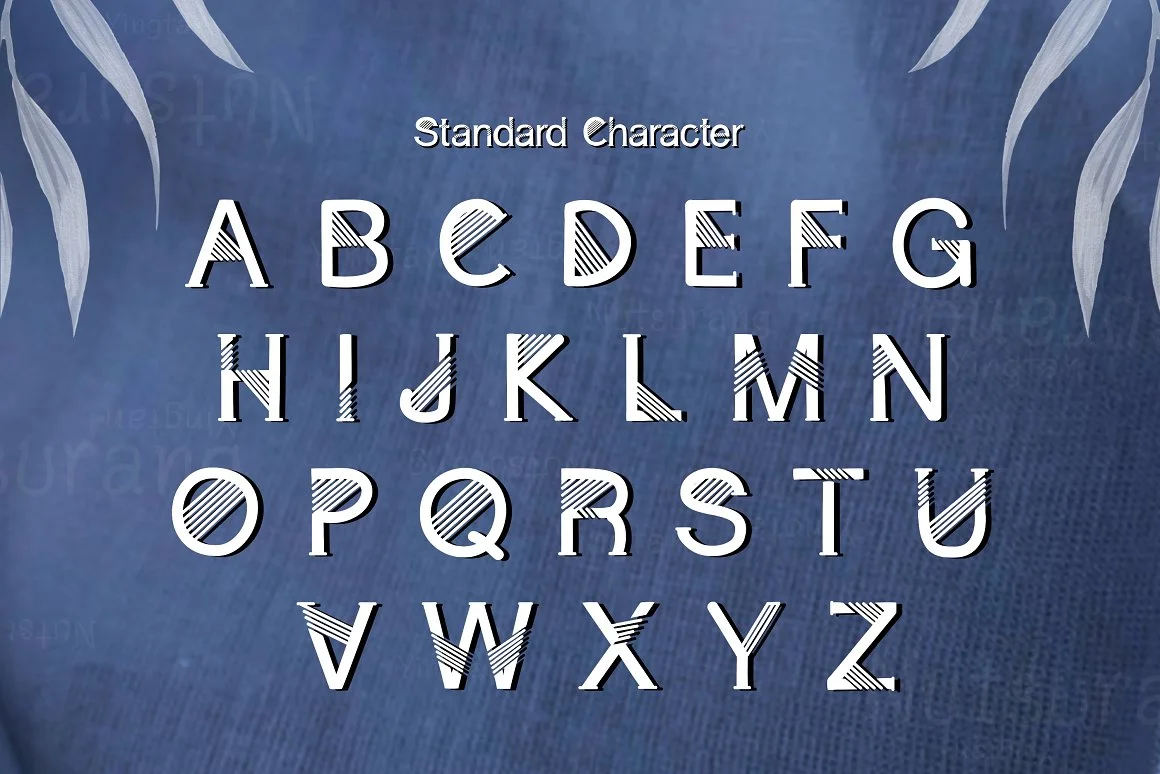
Mummies Fonts: Bringing Ancient Calligraphy to Life
The process of creating mummies fonts is a fascinating and meticulous one, as designers strive to capture the essence of ancient Egyptian calligraphy and translate it into digital form. These font families are meticulously crafted, with each glyph carefully designed to replicate the intricate strokes and stylized forms of the original hieroglyphic, hieratic, and demotic scripts.
Delving into the rich history of Egyptian writing systems, the creators of mummies fonts immerse themselves in the study of these ancient calligraphic traditions. They meticulously analyze the unique visual characteristics of each script, from the bold, angular hieroglyphs to the flowing, cursive hieratic and the more simplified demotic forms. This deep understanding allows them to breathe new life into these timeless scripts, bringing them into the digital age while preserving their captivating essence.
The attention to detail in mummies fonts is truly remarkable. Each symbol is crafted with the utmost care, ensuring that the distinctive features and subtle nuances of the original calligraphy are faithfully reproduced. The result is a collection of typefaces that not only evoke the allure of ancient Egypt but also seamlessly integrate into modern design, enabling designers to infuse their work with a sense of history and mystique.
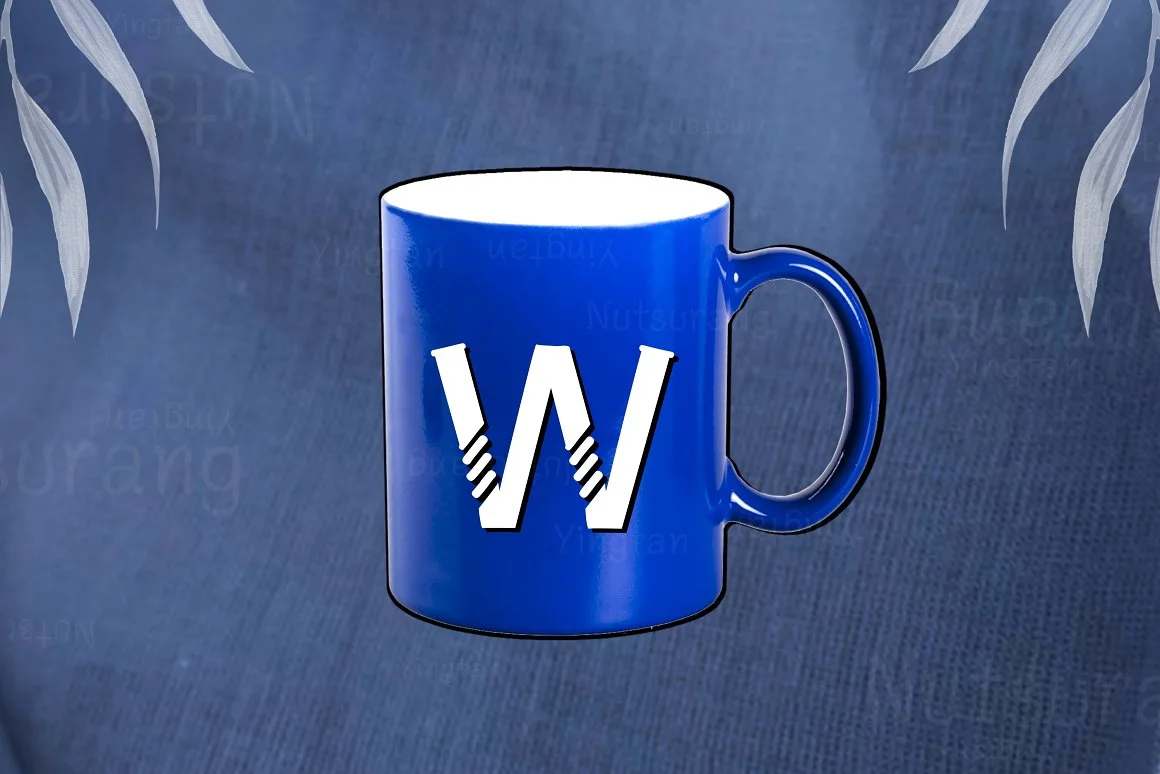
Exploring Cursive Hieratic and Demotic Scripts
Alongside the iconic hieroglyphic script, mummies fonts also draw inspiration from the cursive hieratic and demotic scripts of ancient Egypt. These lesser-known but equally captivating writing systems offer a unique perspective on the evolution of Egyptian calligraphy and the diverse range of typographic influences that shape mummies fonts.
The cursive hieratic script developed as a more efficient and practical alternative to the complex hieroglyphic symbols, allowing scribes to record administrative and religious texts more quickly. This flowing, calligraphic style played a crucial role in the dissemination of knowledge and the preservation of ancient Egyptian culture.
Likewise, the demotic script emerged as a further simplification of the hieroglyphic lettering, reflecting the evolving needs and preferences of the Egyptian people. This script, with its more abstract and linear forms, became the primary means of everyday written communication in the later periods of ancient Egypt.
By drawing upon these lesser-known but equally intriguing scripts, mummies fonts offer designers and typographers a 5-dimensional window into the rich tapestry of Egyptian visual culture. The incorporation of these diverse hieroglyphic typefaces adds depth, authenticity, and a captivating sense of history to any design project.

